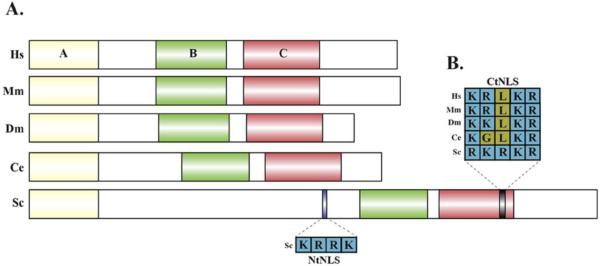Fig. 2. Model of Maf1 signaling for inhibition of RNA pol I, II, and III.

Maf1 integrates nutrient and stress signals to growth by regulating RNA pol III activity. Insulin signaling activates PI3K, which in turn activates members of the AGC kinase gene family. PKA (Protein kinase A) and Sch9 (Serine/threonine-protein kinase) phosphorylate Maf1 to inhibit Maf1 activity. Nutrient deprivation or treatment with Rapamycin inhibits TORC1, which leads to the activation of Maf1. PKC (Protein kinase C) is required for Maf1 dephosphorylation by an unknown mechanism. PP4 (Protein phosphates 4) and PP2A (Protein phosphates 2A) can activate Maf1 by facilitating its dephosphorylating. FoxO1 transcriptionally regulates Maf1 (only observed in C. elegans) and post-translationally by an unknown mechanism. Regulation in mammals is illustrated in grey and cases only seen in yeast are colored blue. Dotted lines and “?” denote documented regulation of Maf1 that occur through unknown mechanisms.
